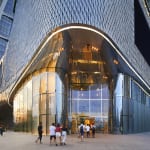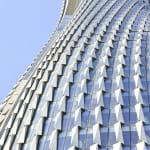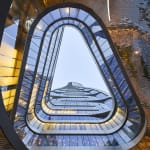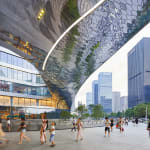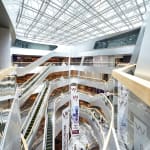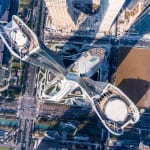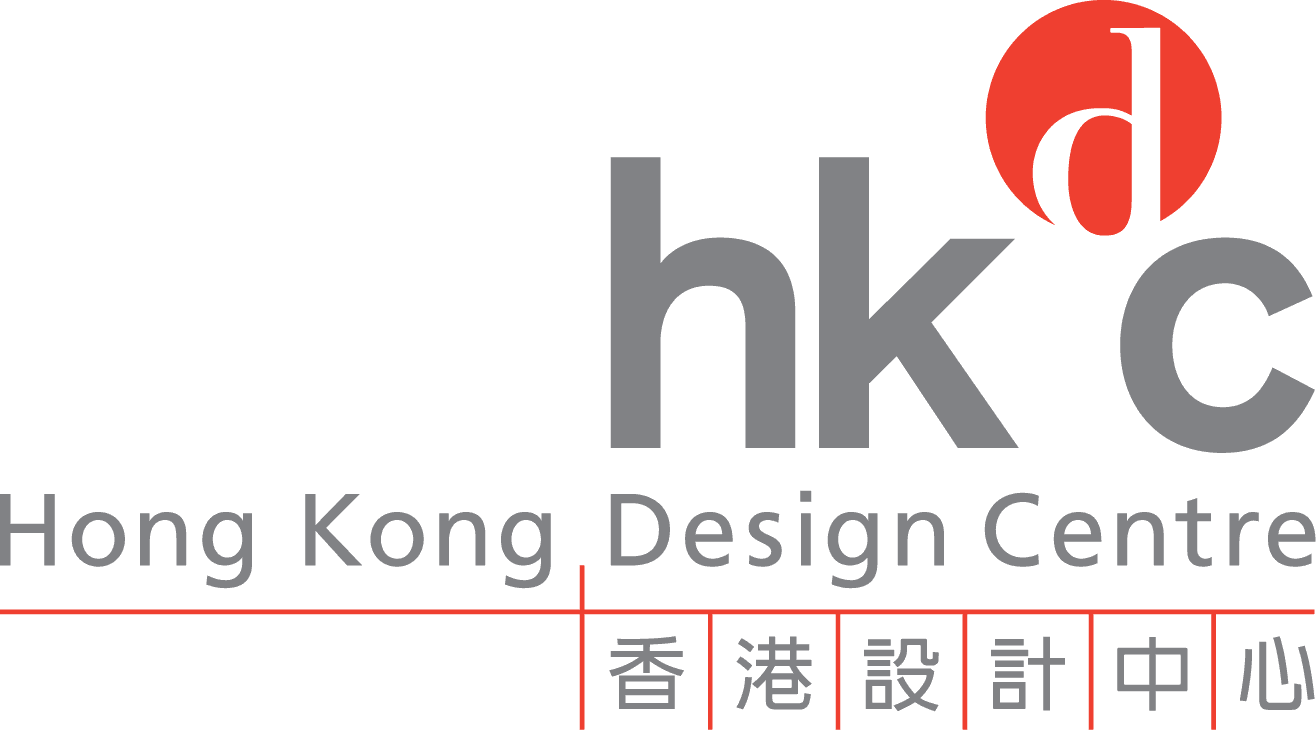-
Artworks







Raffles City Hangzhou / Mainland China
UNStudio / Hong KongFurther images
DFA Design for Asia Awards 2019 l Grand Award l Gold Award l Environmental Design ▪ Green and Sustainable Spaces

City Within the City
Urbanization in China is taking place at an unprecedented rate that pose tremendous challenges as well as opportunities. Furthering the architectural firm's ongoing research into the concept of sustainable superliving, the team at UNStudio designed the two-tower Raffles City Hangzhou as not only an urban hub for living, working and leisure, but also a paragon of sustainability. It now stands as a landmark along the green axis of downtown Hangzhou.
Raffles City was designed from the inside out to maximize accessibility, interaction, and efficiency, while minimizing carbon footprints and compartmentalization. The mixed-use miniature city within a major city allows a seamless flow from residences, workplaces, public transportation, and parking garages to its commercial and entertainment facilities. Its shopping mall has achieved LEED (Leadership in Energy and Environmental Design) Gold status, which is the highest status in the green building certification scheme awarded to buildings that show the best overall efficiency in resource consumption, improvements in indoor environmental quality, and reduction in carbon footprints throughout its life cycle.
Connectivity and Multiplicity
Housing the first retail mall in China to use natural ventilation on a large scale, Raffles City Hangzhou introduces the outdoor into the indoor through a terraced plaza, where four distinct landscape courtyards flow from the periphery of each quadrant to the inner atrium. The atrium is organized into a spiral of overlapping layers, creating seamless connectivity and intrigue between different levels to encourage walking, exploration, and interaction. Its design language is decidedly futuristic, but the metal and glass structure, in which a multiplicity of levels, shapes, textures, perspectives, and passageways allow its inhabitants to enjoy its forms and functions thoroughly in their everyday activities. As a feature detail, the bamboo handrail echoes the building's curvilinear form. Winding its way around the podium as a continuous ribbon, it adds an element of warmth, tactility and natural contrast to the glossy and grey interior.
As the scale of the fluid forms transitions from the architecture to the streamlined interior and winding handrails, this results in a cohesive spatial experience - as if outside merges with inside. Abundant natural light shines through the atrium right down to the lowest floors, introducing a unique outdoor quality to the podium interior while minimizing energy use for illumination. Looking up through the skylights, the twin towers are always visible from the main atrium, changing appearance depending on the viewing point.
The Future of High Density and Sustainability
The architectural plan of the two towers is organized as two diagonal and intersecting figure-of-eights. Clad in a shimmering scale-like skin of aluminum tiles, the twisting towers feature an outer layer of rotated, vertical solar shading fins, placed atop the curtain wall system. The facades include distinctive typologies and several functions. The programme and orientation of the facades determine the depth, width and rotation of panels, which become deeper and narrower towards the top. This design maximizes the openings with an optimal window-to-wall ratio. Accentuating the towers' characteristic twist, the aluminium tiles also frame internal views.
The towers house SOHO apartments, serviced apartments, office space, a hotel, as well as technical and fire refuge areas. Raffles City's vertical development complements its 116,000-square-metre podium, where most of retail activities and social functions take place. The basement, which is easily accessible from either towers or the sunken plaza leading to the exterior, is connected to Hangzhou's metro system. Designed with sustainability, porosity, and social needs in mind, Raffles City Hangzhou illustrates how a future-proof project can contribute to a higher standard of living, more cohesive community, and lower impact on the environment. This highly desirable piece of commercial and residential real estate also shows how high-density, mixed-use developments can tackle social problems such as pollution, lengthy commutes, and social isolation.
1of 44







